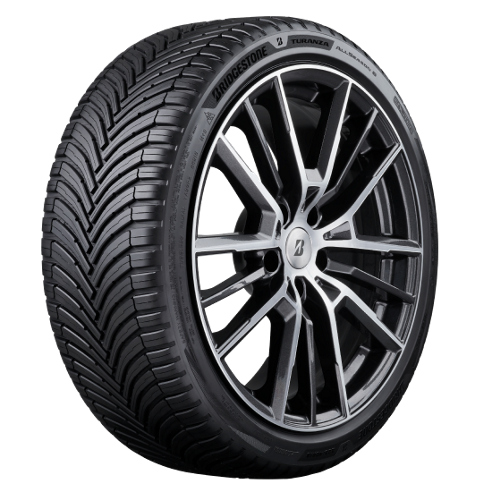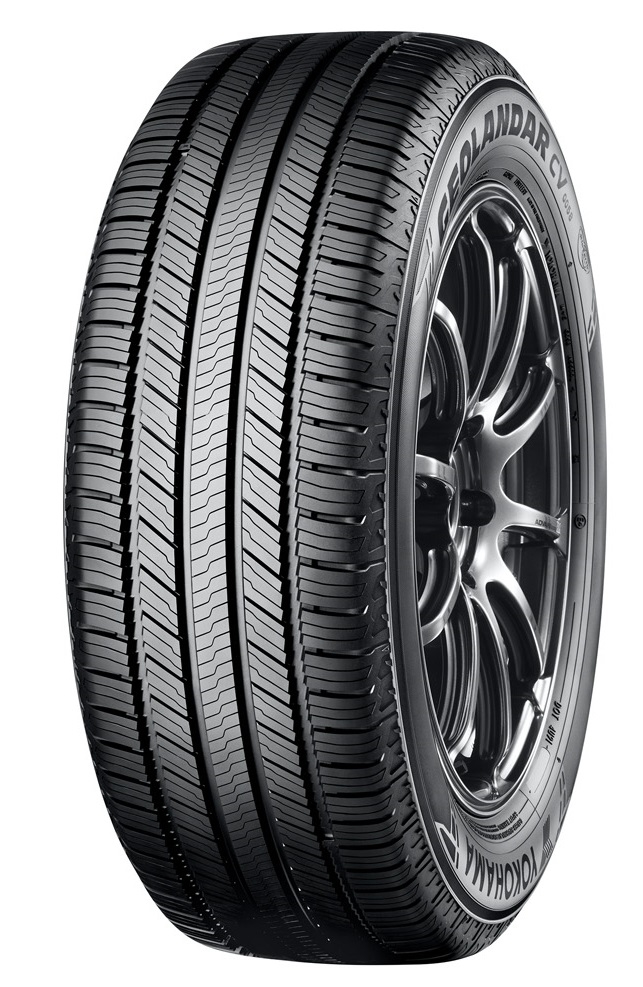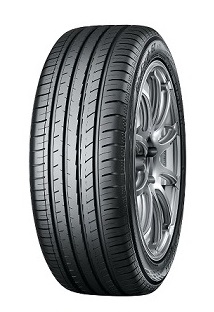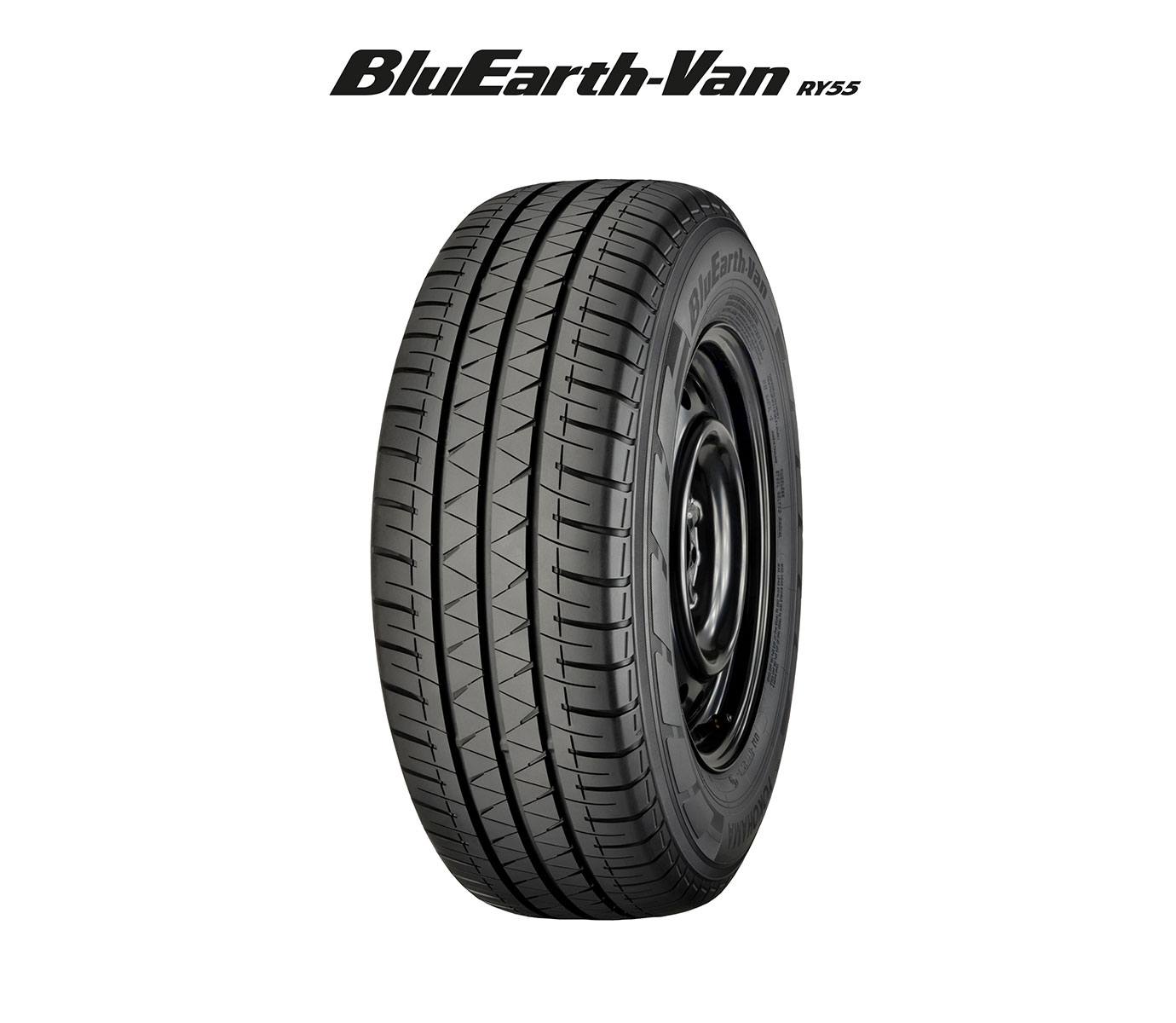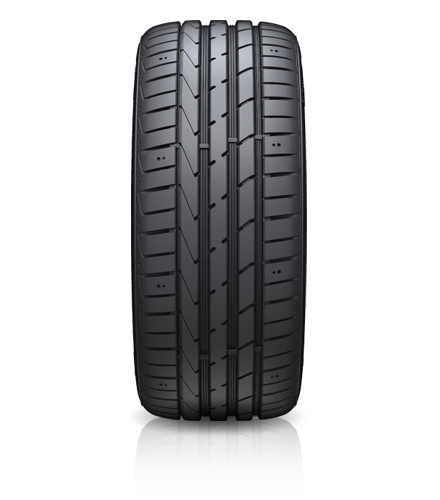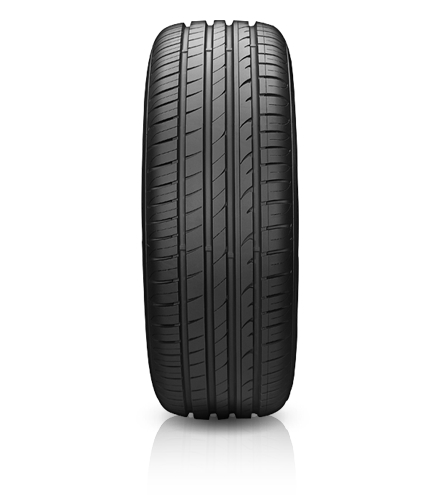IAM RoadSmart and TyreSafe deliver a wake-up call as number of drivers at risk rises in context of 6 million tyres with illegal tread depth on UK roads
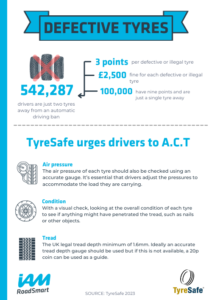 An estimated 6 million tyres on the road have illegal tread, according to TyreSafe’s recent Tread Depth survey, meaning many drivers risk three penalty points and a fine, which can be up to a maximum of £2,500, for each defective or illegal tyre. As well as the risks posed by illegal tread on tyres, almost 542,287 drivers are just two tyres away from an automatic driving ban and almost 100,000 who have nine points are just a single tyre away, according to a recent IAM RoadSmart report. These numbers have risen recently – the number of drivers with nine points on their licence has risen 8 per cent in the last year – indicating an urgent need for drivers to pay closer attention to road safety both in their driving behaviour and attention to vehicle maintenance.
An estimated 6 million tyres on the road have illegal tread, according to TyreSafe’s recent Tread Depth survey, meaning many drivers risk three penalty points and a fine, which can be up to a maximum of £2,500, for each defective or illegal tyre. As well as the risks posed by illegal tread on tyres, almost 542,287 drivers are just two tyres away from an automatic driving ban and almost 100,000 who have nine points are just a single tyre away, according to a recent IAM RoadSmart report. These numbers have risen recently – the number of drivers with nine points on their licence has risen 8 per cent in the last year – indicating an urgent need for drivers to pay closer attention to road safety both in their driving behaviour and attention to vehicle maintenance.
The connection between defective tyres and penalties becomes evident with TyreSafe’s findings. In a recent study by TyreSafe, in collaboration with National Highways and Imperial College, 549,000 tyres were checked at the point of replacement across the country from 428 participating supporters to provide a robust indication of the state of the nation’s tyres. The study found that over half of the tyres replaced in the UK are found to be borderline or illegal.
Nicholas Lyes, director of policy and standards at IAM RoadSmart, said: “It is astounding that there are so many drivers at risk of severe penalties due to defective tyres. The correlation between tyre safety and road safety is undeniable. Drivers with three, six, or nine points on their licence should not only evaluate their driving skills but also consider the potential impact of a driving ban on their livelihoods. Education and training courses can play a significant role in making people safer drivers but good maintenance begins at home with tyre checks for inflation, tread, and regular servicing.
“It’s critical for the government to introduce new enforcement measures and update their road safety strategy, as there is a growing suspicion that driving standards are deteriorating. The worrying increase in the number of drivers with points on their licence should serve as a wake-up call to prioritise road safety.”
TyreSafe and IAM RoadSmart used the occasion of Road Safety Week in November to urge drivers to take immediate action to ensure the safety of themselves and others on the road. This includes regular tyre maintenance and adhering to safety standards.
Stuart Lovatt, TyreSafe chair, said: “Ensuring your tyres are legal and roadworthy is a driver’s responsibility, and really doesn’t take much time and effort. Especially when the consequences, particularly in the case of those drivers already with points on their licence, of being stopped with illegal tyres are so severe. Our latest research, the 2023 Tread Depth Survey, coupled with IAM RoadSmart’s findings further underscore our mission and case for action. Tyres are the only point of contact between your vehicle and the road, and need to be in roadworthy condition to not only ensure performance, handling and braking, but also compliance with the law, which is in place for a very good reason.”
ACT now
TyreSafe urges drivers to A.C.T – check their air pressure, condition and tread, once a month, every month and before long journeys.
Air pressure – The air pressure of each tyre should also be checked using an accurate gauge. Typically, car manufacturers recommend two different tyre pressures, one for light loads and another for when the vehicle is fully. It’s essential that drivers adjust the pressures to accommodate the load they are carrying. These settings can be found in the vehicle handbook, on reputable internet tyre pressure charts such as the one at tyresafe.org, and often in the vehicle’s fuel filler cap or door sill. Properly inflated tyres have the added benefit of saving drivers money in fuel costs.
Condition – with a visual check, looking at the overall condition of each tyre to see if anything might have penetrated the tread, such as nails or other objects. If any of these objects, cracks or bulges are present, the driver should immediately seek professional advice.
Tread – drivers should check the tread of their tyres to ensure they are above the UK legal tread depth minimum of 1.6mm. Ideally an accurate tread depth gauge should be used but if this is not available, a 20p coin can be used as a guide. Insert the 20p into the main sections of the tyre and at various points around the circumference – should you see the outer rim at any point, you need to have the tread depth checked as it could be illegal.


